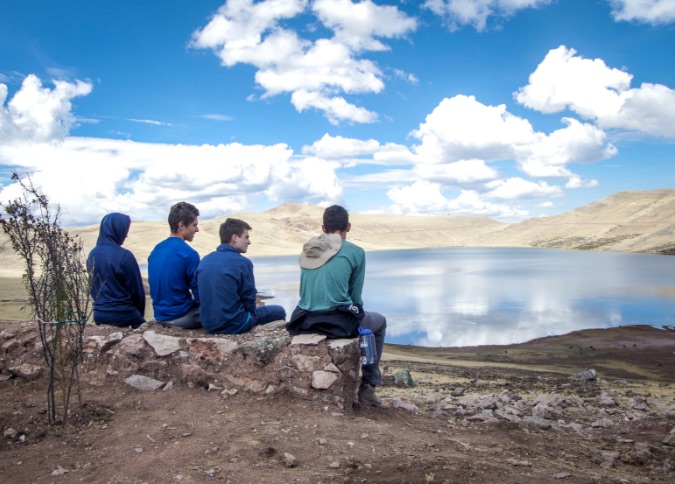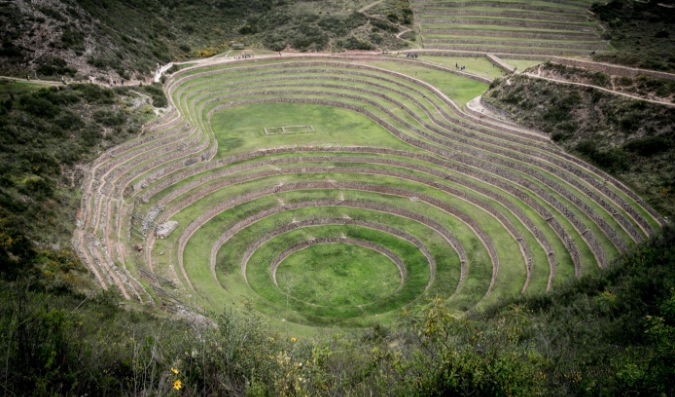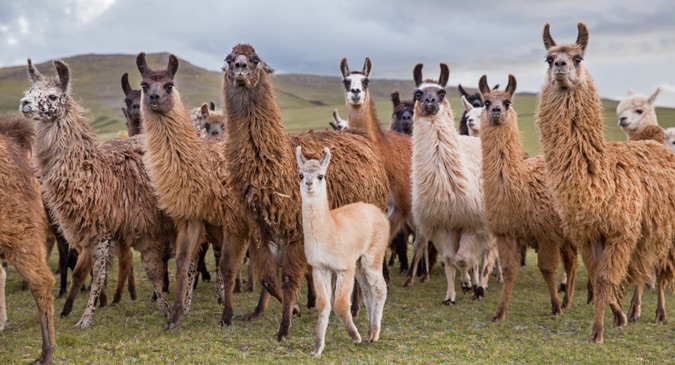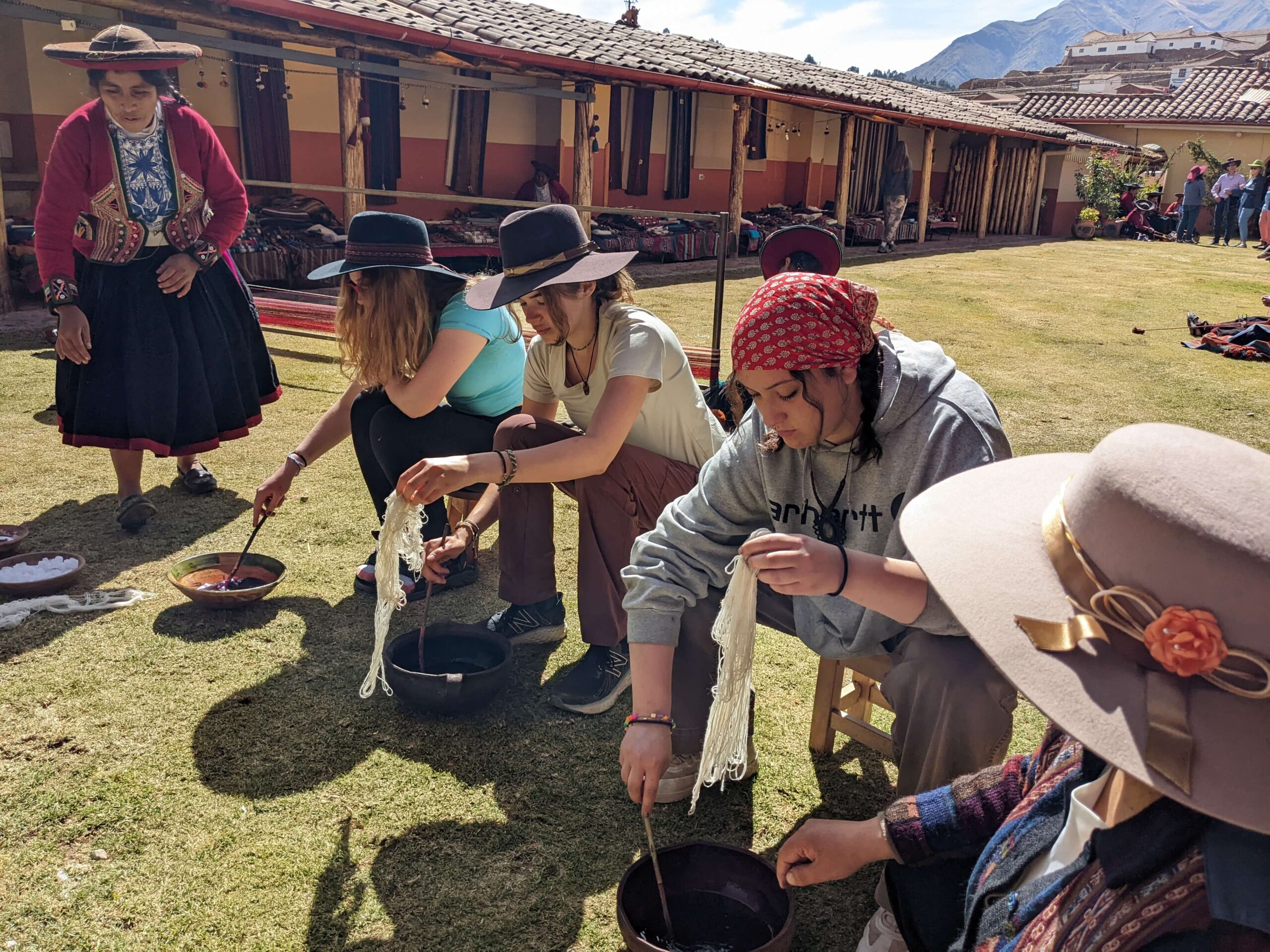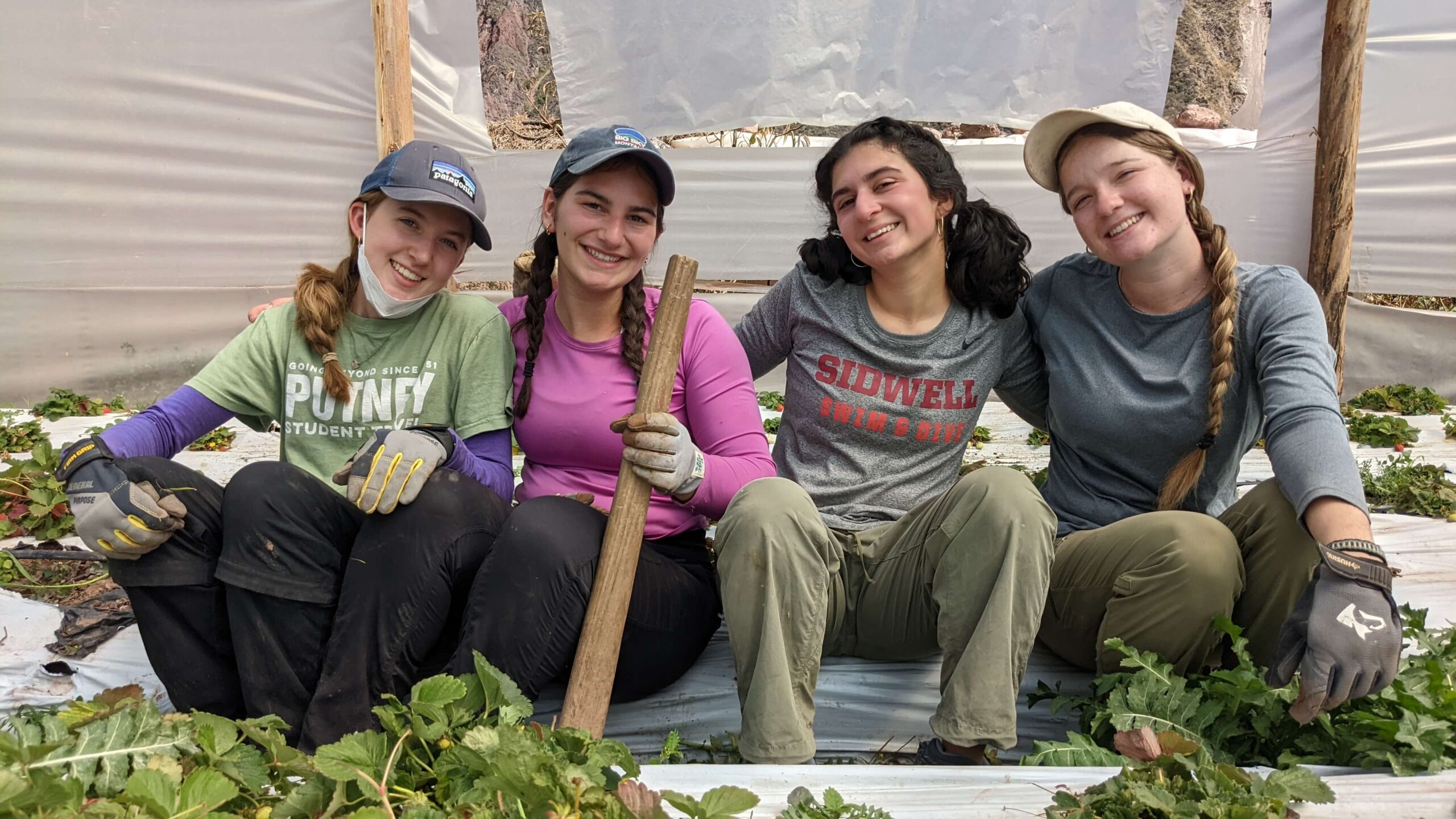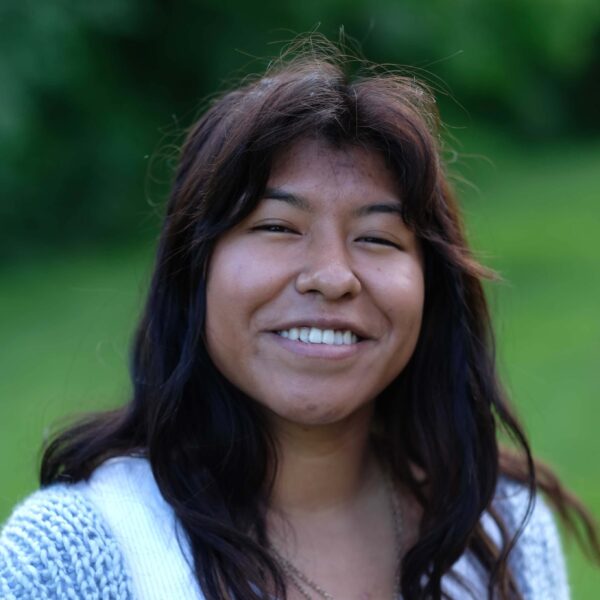Peru
Cultural Immersion in the Heart of the Andes
Immerse yourself in community life in Peru’s Sacred Valley on this high school service program. During your student travels in Peru, work alongside locals on meaningful construction and farming projects while you learn about the landscapes, cultures, and flavors of the Peruvian Andes. Throughout the program, visit some of the most iconic sites of the Inca empire, including Machu Picchu.
- Highlights
• Practice Spanish and play fútbol with new Peruvian friends
• Hike ancient Inca trails through the Andes mountains
• Explore Machu Picchu, a well-preserved mountaintop Inca city
Itinerary
This itinerary represents our best projection of the group’s schedule. However, we may implement changes designed to improve the quality of the program.
Meet your fellow high school student travelers and one of your leaders in Miami, and fly together to Cusco, Peru. To learn more about how we organize travel, click here.
Begin your program in the town of Pisac, nestled in Peru’s Sacred Valley in the towering South American Andes. Spend the first two days acclimating to the altitude while getting to know your group, leaders, and the spectacular Sacred Valley itself. Explore the imposing Pisac archaeological site to learn about the legacy of the Incas, a people whose influence is still woven into the fabric of modern Peru. Visit Pisac’s world-renowned artisanal market and learn about locally produced craft patterns and techniques.
Take a short bus ride from Pisac to your host community, tucked into a more remote part of the Andes. Live and work among local community members as you join in meaningful volunteer projects while getting to know the people, history, and culture of Andean Peru. In close partnership with local community organizations, specific volunteer projects are identified based on community need. Past projects have included building a classroom, painting a mural, constructing a community center, and volunteering in the local peach orchard. In the afternoons after the workday is finished, spend time playing soccer with your new friends, hike remnants of ancient Inca footpaths in the surrounding mountains, or relax and play music with your Peruvian peers.
During excursions, further explore the Sacred Valley. Trek to dramatic high mountain passes, hot springs, or an Inca quarry used as a burial ground. Explore the cobblestoned lanes and working aqueducts of Ollantaytambo, a picturesque town that has been occupied continuously since the time of the Inca. Visit Salineras (Inca salt mines) and the world-famous Inca agricultural terraces at Moray. Try your hand at weaving during a workshop in Chinchero, Peru. Travel to Cusco, a UNESCO World Heritage Site and the historic capital of the Inca Empire. Discover the city’s Spanish colonial center edged with Inca stonework, or stroll through the foundations of an ancient temple.
Say goodbye to your host community and head to Ollantaytambo for the night. Board an early morning train bound for Machu Picchu, the most famous archaeological site in the Americas. Descend from the train and prepare to hike the final eight miles of the Inca trail with the support of experienced guides. Wander the mountain sites of Chachabamba and Wiñay Wayna before entering Machu Picchu via Inti Punku, the Sun Gate. Explore this well-preserved Inca city and pilgrimage site, world-renowned for its remote, mountaintop location, and spend the night in Aguas Calientes before returning to Cusco. Spend your last day in Cusco and enjoy a final celebration dinner with your group before returning home.
Fly from Cusco to Miami with your group and a leader, then continue on to your final destination. To learn more about how we organize travel, click here.
Itinerary
This itinerary represents our best projection of the group’s schedule. However, we may implement changes designed to improve the quality of the program.
Meet your fellow high school student travelers and one of your leaders in Miami, and fly together to Cusco, Peru. To learn more about how we organize travel, click here.
Begin your program in the town of Pisac, nestled in Peru’s Sacred Valley in the towering South American Andes. Spend the first two days acclimating to the altitude while getting to know your group, leaders, and the spectacular Sacred Valley itself. Explore the imposing Pisac archaeological site to learn about the legacy of the Incas, a people whose influence is still woven into the fabric of modern Peru. Visit Pisac’s world-renowned artisanal market and learn about locally produced craft patterns and techniques.
Take a short bus ride from Pisac to your host community, tucked into a more remote part of the Andes. Live and work among local community members as you join in meaningful volunteer projects while getting to know the people, history, and culture of Andean Peru. In close partnership with local community organizations, specific volunteer projects are identified based on community need. Past projects have included building a classroom, painting a mural, constructing a community center, and volunteering in the local peach orchard. In the afternoons after the workday is finished, spend time playing soccer with your new friends, hike remnants of ancient Inca footpaths in the surrounding mountains, or relax and play music with your Peruvian peers.
During excursions, further explore the Sacred Valley. Trek to dramatic high mountain passes, hot springs, or an Inca quarry used as a burial ground. Explore the cobblestoned lanes and working aqueducts of Ollantaytambo, a picturesque town that has been occupied continuously since the time of the Inca. Visit Salineras (Inca salt mines) and the world-famous Inca agricultural terraces at Moray. Try your hand at weaving during a workshop in Chinchero, Peru. Travel to Cusco, a UNESCO World Heritage Site and the historic capital of the Inca Empire. Discover the city’s Spanish colonial center edged with Inca stonework, or stroll through the foundations of an ancient temple.
Say goodbye to your host community and head to Ollantaytambo for the night. Board an early morning train bound for Machu Picchu, the most famous archaeological site in the Americas. Descend from the train and prepare to hike the final eight miles of the Inca trail with the support of experienced guides. Wander the mountain sites of Chachabamba and Wiñay Wayna before entering Machu Picchu via Inti Punku, the Sun Gate. Explore this well-preserved Inca city and pilgrimage site, world-renowned for its remote, mountaintop location, and spend the night in Aguas Calientes before returning to Cusco. Spend your last day in Cusco and enjoy a final celebration dinner with your group before returning home.
Fly from Cusco to Miami with your group and a leader, then continue on to your final destination. To learn more about how we organize travel, click here.
Leaders
Meet some of our featured leaders. Please note that these may not be your leaders for the program.
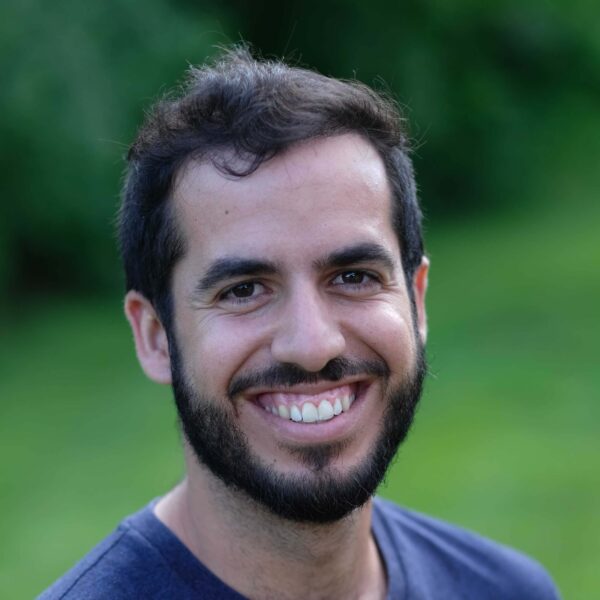
Leaders
Meet some of our featured leaders. Please note that these may not be your leaders for the program.

Peru is known for its rich Incan history, awe-inspiring archaeological sites, and colorful music, arts, and crafts. Indigenous groups make up 45% of the country’s population. Peru is one of the most ecologically diverse countries in the world, with landscapes ranging from coastal deserts to Amazon rainforest, lush valleys and, of course, the Andes mountain range. The country is home to 13 UNESCO World Heritage sites, including the city of Cusco and the incredible Historic Sanctuary of Machu Picchu. In addition to its rich cultural history, modern Peru is vibrant with cultural diversity, bustling urban centers, and world-renowned cuisine (featuring over 4,000 varieties of potatoes!).
Peru is a multilingual nation. Though Spanish is an official language throughout the country, indigenous languages like Quechua and Aymara are widely spoken. Most residents of our host community are native Quechua speakers who also speak Spanish.
The climate throughout the Sacred Valley is temperate throughout the year with daytime lows ranging from 50–70ºF (10–21°C). Our host community as well as other places that we visit are at high elevation—10,000 ft or more (3,000 m)—so after dark, temperatures can dip sharply to 35–45ºF (2–7°C).
Peruvian cooking blends Spanish and other international influences with Indigenous ingredients, the most common of which are corn, potatoes, legumes, and quinoa. These ingredients are combined with rice, chicken, fish, grains, eggs, and fresh fruits and vegetables to produce the complex sauces and stews that make up the delicious local cuisine.
Peru is known for its rich Incan history, awe-inspiring archaeological sites, and colorful music, arts, and crafts. Indigenous groups make up 45% of the country’s population. Peru is one of the most ecologically diverse countries in the world, with landscapes ranging from coastal deserts to Amazon rainforest, lush valleys and, of course, the Andes mountain range. The country is home to 13 UNESCO World Heritage sites, including the city of Cusco and the incredible Historic Sanctuary of Machu Picchu. In addition to its rich cultural history, modern Peru is vibrant with cultural diversity, bustling urban centers, and world-renowned cuisine (featuring over 4,000 varieties of potatoes!).
Peru is a multilingual nation. Though Spanish is an official language throughout the country, indigenous languages like Quechua and Aymara are widely spoken. Most residents of our host community are native Quechua speakers who also speak Spanish.
The climate throughout the Sacred Valley is temperate throughout the year with daytime lows ranging from 50–70ºF (10–21°C). Our host community as well as other places that we visit are at high elevation—10,000 ft or more (3,000 m)—so after dark, temperatures can dip sharply to 35–45ºF (2–7°C).
Peruvian cooking blends Spanish and other international influences with Indigenous ingredients, the most common of which are corn, potatoes, legumes, and quinoa. These ingredients are combined with rice, chicken, fish, grains, eggs, and fresh fruits and vegetables to produce the complex sauces and stews that make up the delicious local cuisine.
What to Expect
Review specific program expectations here. For more general information:
During your travels in Peru, you can expect to participate in several different service experiences—construction projects where you may learn to mix cement or paint a community building, environmental projects such as planting seedlings or shadowing local farmers, and educational projects such as leading workshops with local children. The focus of this summer program in Peru is learning about another culture by forming meaningful relationships with local people and undertaking a shared community service experience together. You should come to the summer with an open mind, eager to participate in new experiences, and interested in exploring another culture and way of life. All students participate in each of the group’s projects on a rotating basis, and everyone lends a hand in meal preparation and cleanup. To learn more about our Service programs click here.
In addition to group projects, pursue an independent project based on your own interests—create a Quechua phrasebook, lead English workshops in the local school, interview locals about village history, learn to cook a traditional meal, organize a sports game for local kids, or spend a day harvesting potatoes with a local farmer.
Proficiency in Spanish is not required; however, students who speak Spanish or study Spanish in school will have opportunities to practice while communicating with local people. Students who do not speak Spanish will have the opportunity to learn some basic language skills. You will also have the opportunity to pick up and practice some Quechua, the local indigenous language of the Cusco region.
To encourage full engagement and immersion in the Putney travel experience, we limit the use of cell phones and other devices on our High School programs. Students are allowed to use their phones in transit to the program, and keep their devices throughout. During in-country orientation, leaders will lock phones with a code, unlocking them for the second half of the program. During the tech-free portion of the program, students have the opportunity for a weekly call home according to a pre-arranged schedule. For more details, please see our FAQ.
This is a physically active summer travel program. The service work and afternoon activities can be strenuous, and you can expect to spend most of each day outside, hiking, biking, and walking. You do not need to be at peak fitness to participate, but it is important that you have a desire to be physically active, and that you are excited about trying all activities. There is an eight-mile hike to Machu Picchu near the end of the program that will reach a maximum altitude of 8,000 ft (2440m).
This program visits high altitude destinations—our host community (above 10,000 ft or 3,000 m); Cusco (11,200 ft or 3,415m); Pisac (9,750 ft or 2,970 m); and Ollantaytambo (9,200 ft or 2,800 m).
Our living accommodations in Peru are very simple. We sleep in a community center on cots with sleeping bags. There are simple, shared bathrooms just outside. While we have access to electricity, it can be sporadic. On excursions, we stay in small, family-run hostels and inns. Leaders reside together with the students throughout the program.
In the host community, we eat delicious, home-cooked meals prepared by locals. Each day, several students from the group organize cooking and cleaning crews and help the cooks prepare meals. During excursions, we eat most meals in restaurants and occasionally visit local markets to shop for picnic lunches.
What to Expect
Review specific program expectations here. For more general information:
During your travels in Peru, you can expect to participate in several different service experiences—construction projects where you may learn to mix cement or paint a community building, environmental projects such as planting seedlings or shadowing local farmers, and educational projects such as leading workshops with local children. The focus of this summer program in Peru is learning about another culture by forming meaningful relationships with local people and undertaking a shared community service experience together. You should come to the summer with an open mind, eager to participate in new experiences, and interested in exploring another culture and way of life. All students participate in each of the group’s projects on a rotating basis, and everyone lends a hand in meal preparation and cleanup. To learn more about our Service programs click here.
In addition to group projects, pursue an independent project based on your own interests—create a Quechua phrasebook, lead English workshops in the local school, interview locals about village history, learn to cook a traditional meal, organize a sports game for local kids, or spend a day harvesting potatoes with a local farmer.
Proficiency in Spanish is not required; however, students who speak Spanish or study Spanish in school will have opportunities to practice while communicating with local people. Students who do not speak Spanish will have the opportunity to learn some basic language skills. You will also have the opportunity to pick up and practice some Quechua, the local indigenous language of the Cusco region.
To encourage full engagement and immersion in the Putney travel experience, we limit the use of cell phones and other devices on our High School programs. Students are allowed to use their phones in transit to the program, and keep their devices throughout. During in-country orientation, leaders will lock phones with a code, unlocking them for the second half of the program. During the tech-free portion of the program, students have the opportunity for a weekly call home according to a pre-arranged schedule. For more details, please see our FAQ.
This is a physically active summer travel program. The service work and afternoon activities can be strenuous, and you can expect to spend most of each day outside, hiking, biking, and walking. You do not need to be at peak fitness to participate, but it is important that you have a desire to be physically active, and that you are excited about trying all activities. There is an eight-mile hike to Machu Picchu near the end of the program that will reach a maximum altitude of 8,000 ft (2440m).
This program visits high altitude destinations—our host community (above 10,000 ft or 3,000 m); Cusco (11,200 ft or 3,415m); Pisac (9,750 ft or 2,970 m); and Ollantaytambo (9,200 ft or 2,800 m).
Our living accommodations in Peru are very simple. We sleep in a community center on cots with sleeping bags. There are simple, shared bathrooms just outside. While we have access to electricity, it can be sporadic. On excursions, we stay in small, family-run hostels and inns. Leaders reside together with the students throughout the program.
In the host community, we eat delicious, home-cooked meals prepared by locals. Each day, several students from the group organize cooking and cleaning crews and help the cooks prepare meals. During excursions, we eat most meals in restaurants and occasionally visit local markets to shop for picnic lunches.
A Day in the Life: Host Community
- Morning
- Afternoon
- Evening
A Day in the Life:
Host Community
- Morning
- Afternoon
- Evening
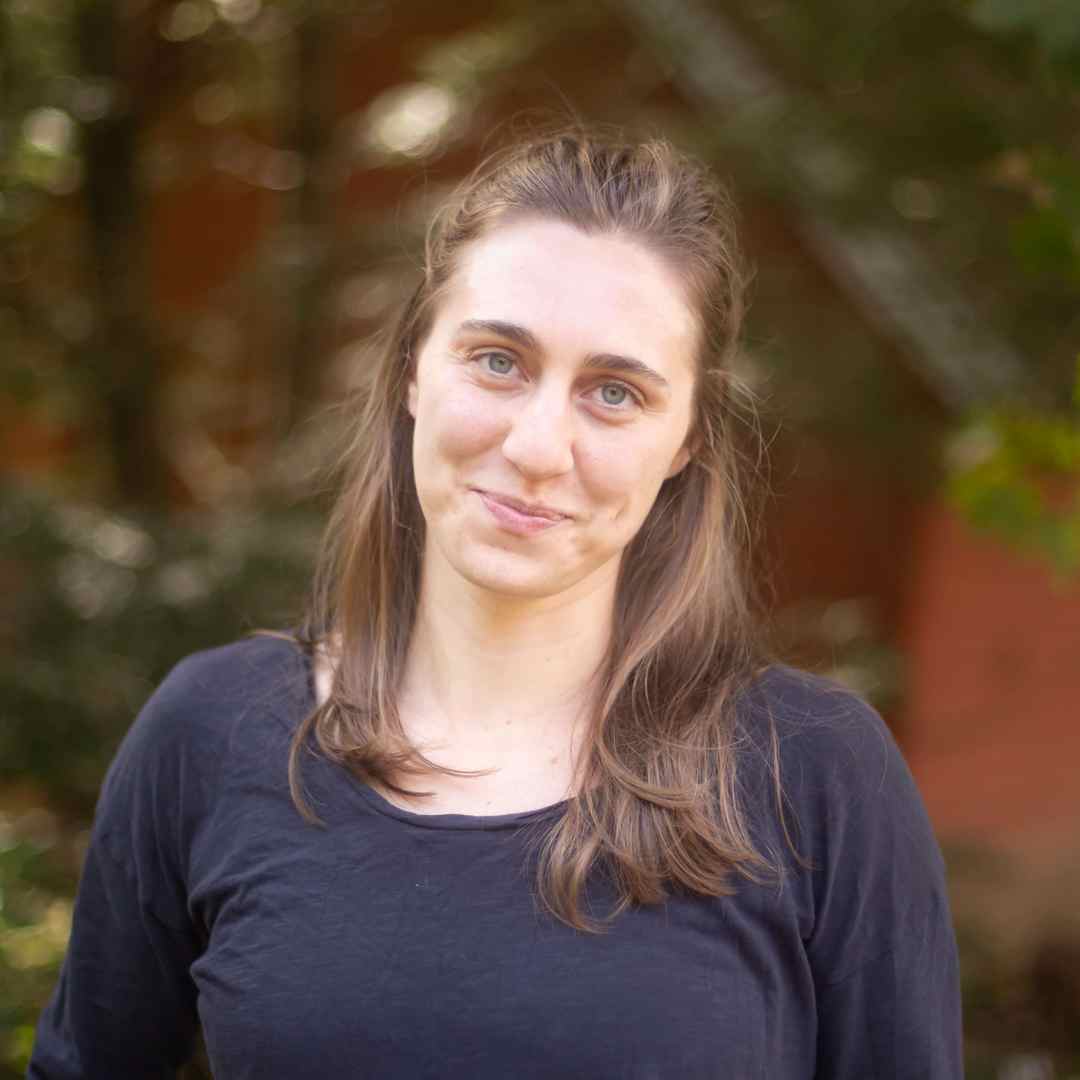
Program Directed by
If you have questions or would like to talk further about this program, please get in touch!




